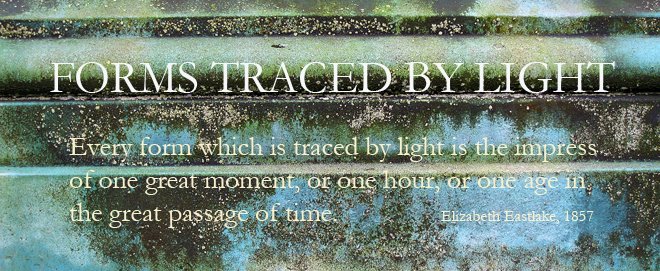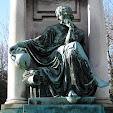I love these slugs! I went to the Tate to see the Burne Jones exhibition (which was amazing, and brought home what a wonderful designer he was - someone visually preoccupied with what to do with a flat blank space of canvas to fill; someone concerned with pattern and texture; someone for whom the mythological or literary theme was really just an excuse). But the slugs were the real treat ...
They're by Monster Chetwynd (Monster knows about transformation: she was christened Alalia Chetwynd which is, admittedly, a name one might wish to change, and has subsequently been known as Spartacus Chetwynd and Marvin Gaye Chetwynd). These giant leopard slugs, adorned with energy efficient LED lights, are ranged in front of thin strands of lights draped over the Tate's facade like slug slime trails. I think I'd better quote the artist/curator's statement: "Leopard slugs emit a blue glow when they mate" [the statement doesn't tell you that they're hermaphrodites, but I believe that to be the case[, "usually at night time. This ritual reminds us that the darkness of winter can be a time of renewal and rebirth. Alternative energy interests Chetwynd, and she is excited by the idea that light-emitting organisms may one day power street lights. She wants the slugs to be fun and to spark discussion about where we source our energy."
Of course, draped outside of the Tate, late C19th iconic repository of a century of national art, this is too perfect an introduction to my current work to be true ... Mind you, a first quick search for C19th interest in slugs is, inevitably, about how to get rid of them - a discussion invariably conducted in bellicose terms about attacking this persistent enemy. But an article in Fraser's Magazine for 1863 does a lot better, even distinguishing the wonderful property of the leopard slug - it spins its slimy trails. And, of course, as light producers, they lead into the fireflies chapter - luminous beauty and potential utility lurking in what looks, in daylight, very brown and ordinary.





No comments:
Post a Comment